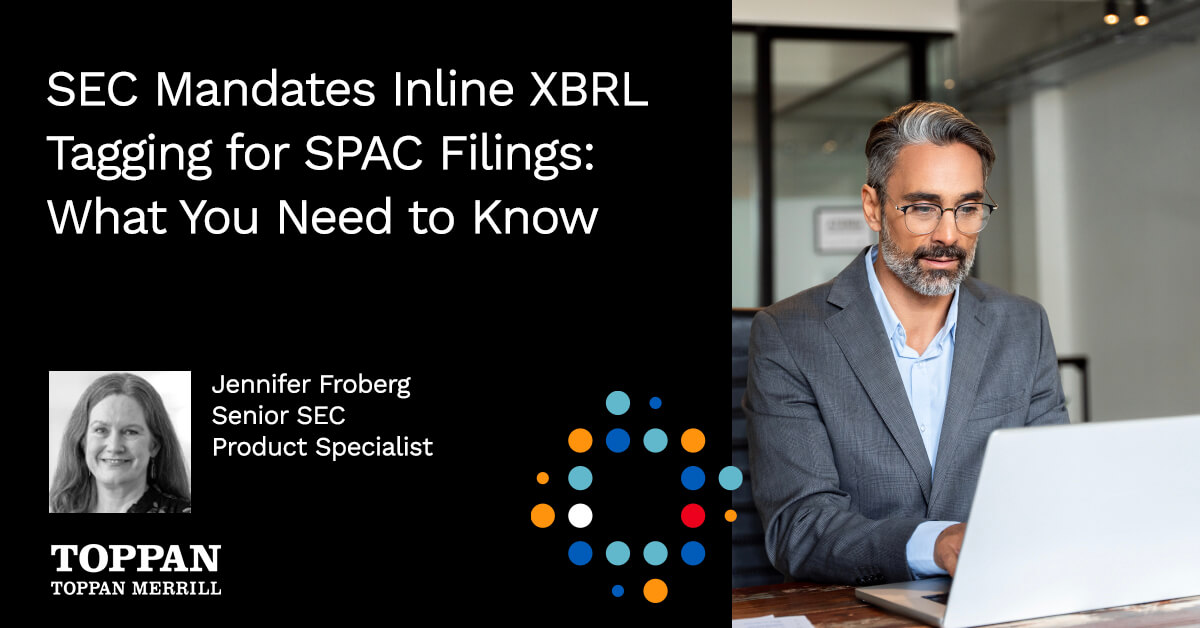
SEC filing fee tables: How to convert and accurately apply iXBRL tags
Beginning July 31, 2024, SEC large accelerated filers were required to submit filing fee data in iXBRL format. The final...
On The Dot (Episode 8) - A conversation with Jennifer Froberg, Gordon Ruckdeschel and Jon Regan discussing the EDGAR Next enrollment and delegation process.









